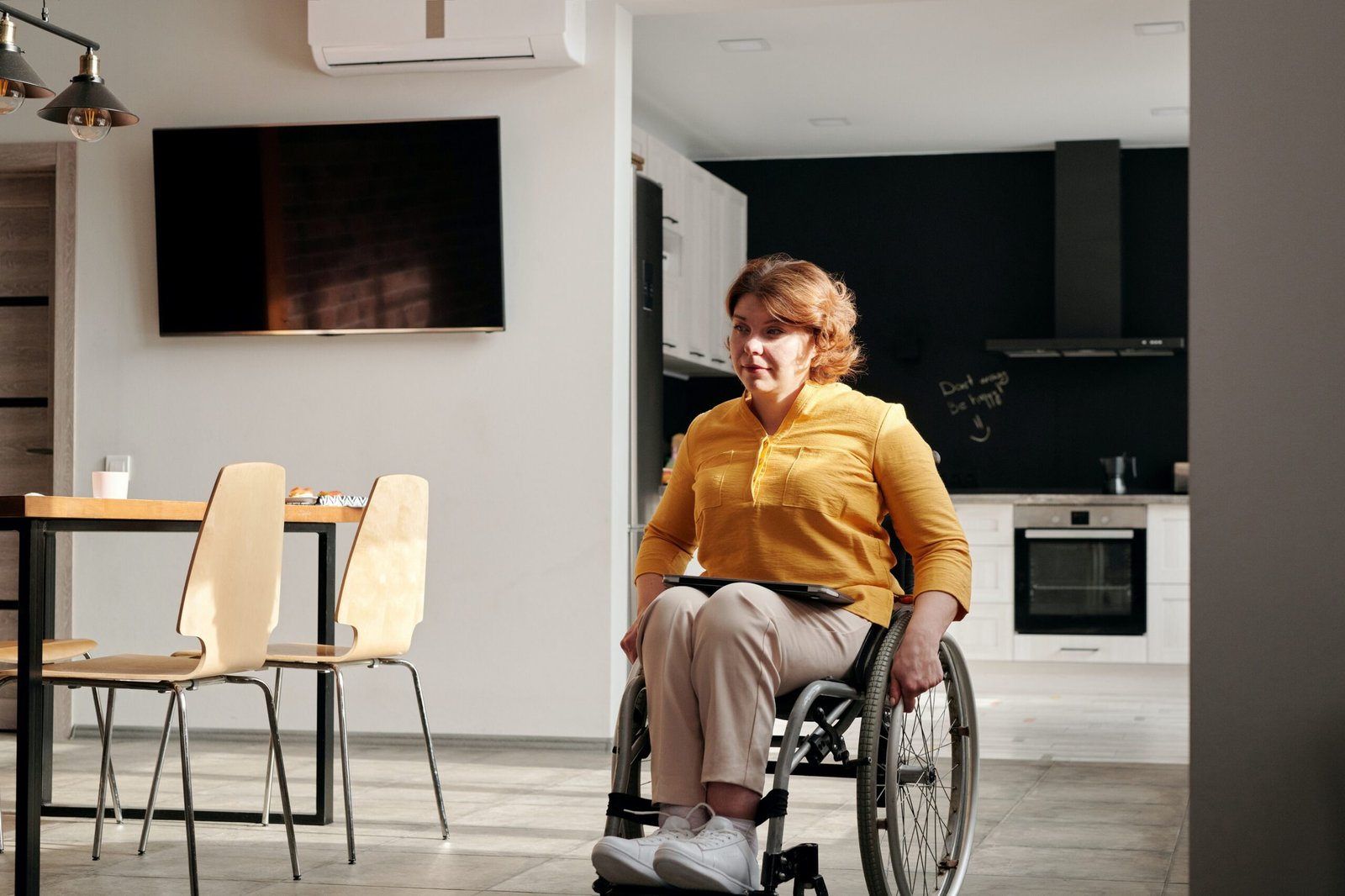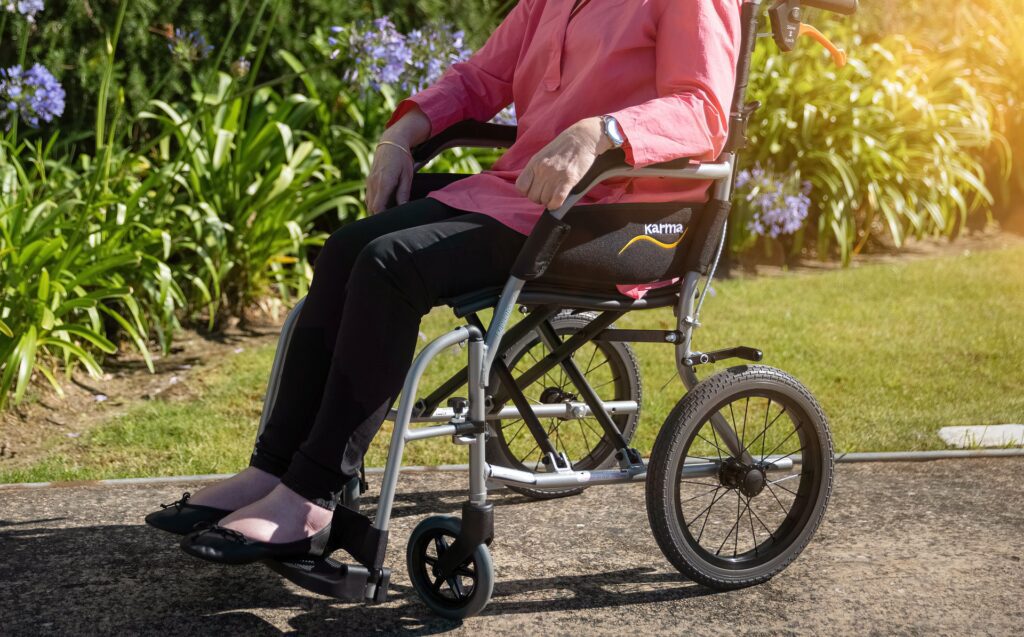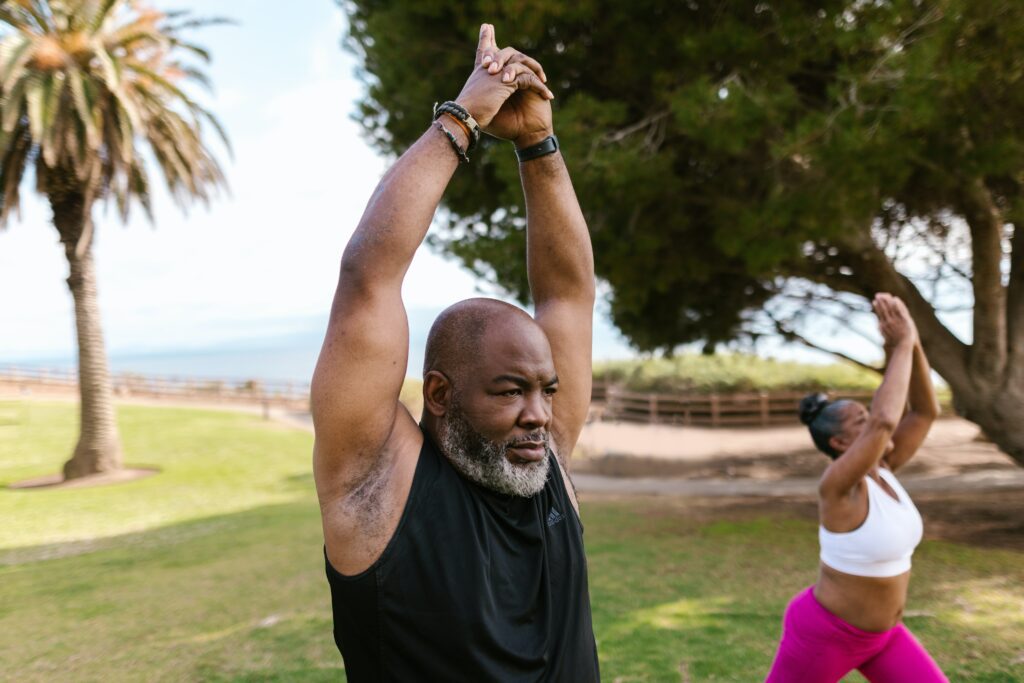Examples of Mobility Disabilities In Seniors
The level of mobility problems ranges from stamina restrictions to immobility. While congenital disabilities bring on some mobility issues, others are brought on by disease or physical trauma.
Your older adult’s specialist can assess their activities for coordination and balance and treat underlying issues to improve mobility. Older adults with balance problems can benefit from mobility aids like canes or walkers and focused exercises on helping them move around more safely and confidently.
Keep reading to learn about a selection of the mobility issues discussed in this article!
Is being immobile a disability?
A mobility impairment is a handicap that affects all aspects of movement, including fine motor abilities like manipulating objects with the hands and walking. A variety of orthopedic or neuromuscular conditions may impact mobility.
Amputation, paralysis, cerebral palsy, stroke, multiple sclerosis, muscular dystrophy, arthritis, and spinal cord damage are a few of them. Mobility issues can affect the lower body, requiring canes, walkers, wheelchairs, or the upper body, causing restricted or no use of the hands and upper extremities.
Impaired mobility may be transient or permanent. A fractured bone or surgical treatment can momentarily impact an individual’s capacity to move between buildings quickly and independently.
Age-related declines in mobility are not a given. They result from various conditions that are more prevalent or develop worse as people age. One’s mobility may vary temporarily, necessitating rehabilitation care, or permanently.
Many illnesses and therapeutic conditions that progress to limit movement first cause some degree of immobility. After brief hospital stays, more patients are being discharged to rehabilitation centers or returning home for physical treatment.
How can your mobility be elevated?
Spending extra time focusing on foam rolling, stretching, and mobility exercises and even physiotherapy is an easy place to start if you discover that you failed one or more of these mobility screens. Your body will appreciate you for having the right mobility to handle the rigors of our activity!
People who are physically or physically limited may need assistance with ambulation, transfers, and mobility. They could require assistance getting around the house, using the restroom, sleeping, and doing other daily chores.
If you need assistance, a qualified caregiver can conduct a home assessment for you or a family member with mobility problems. Additionally, they should be aware of how a condition’s requirements will evolve, transforming any modifications into endeavors that will continue for as long as the individual with mobility challenges requires them.
Types of Mobility Impairment
People with various physical limitations are included in the disability group known as mobility impairment. This kind of disability includes loss or impairment of the upper or lower limbs, problems with manual dexterity, and coordination issues with various body organs. Mobility as well as cognitive impairments can either be inherited or develop with aging.
The result of sickness may also be this issue. A person with a broken skeleton also fits this description of a handicap.
You should be aware of the mobility discrepancies listed below.
Cerebral Palsy
The term “Cerebral Palsy” is used to designate a set of chronic diseases that impair people with the disorder’s ability to move their bodies and coordinate their muscles. Although the damage may occur during infancy, cerebral palsy typically occurs during fetal development or just before, during, or shortly after delivery. It damages one or more specific parts of the person’s brain.
Defects in motor area development or injury disrupt the brain’s capacity to regulate posture and movement. Although secondary problems like muscle stiffness may emerge, they may either get better or worse over time or stay the same.
Cerebral palsy is not a progressive disease. The condition known as cerebral palsy is not contagious. Although cerebral palsy cannot be cured, training and therapy may help to improve function. Disorders associated with cerebral palsy are not brought on by issues with the person’s nerves or muscles.
Spina Bifida
One kind of neural tube defect is spina bifida. The failure of the fetus’s spine to correctly close during the first month of pregnancy results in neural tube abnormalities involving poor brain development, spinal cord, or protective coverings. When a child is born with Spina Bifida, their spine may have an open lesion where the significant nerve and spinal cord damage has occurred. Although the incision in the spine can be surgically closed, the nerve damage is irreversible.
Youngsters may experience varying degrees of paralysis in their lower limbs due to nerve injury. There is still a chance for nerve injury and incorrectly formed or missing vertebrae to be present even when there isn’t a lesion. A learning disability typically coexists with physical and mobility impairment in Spina Bifida patients.
Chorea
Chorea is described as “a state of excessive, spontaneous movements, irregularly timed, non-repetitive, randomly distributed and abrupt in character, ranging in severity from mild intermittent exaggeration of gesture and expression, fidgeting movements of the hands, unstable dance-like gait to an ongoing flow of disabling, violent movements.”
Tremor
A tremor is an irregular, rhythmic shaking of one or more body components. Because it is involuntary, you are powerless over it. Muscle contractions are the cause of this shaking. The most common place for tremors is in your hands, but it can also happen in your arms, head, vocal cords, trunk, and legs.
Ataxia
Ataxia is typically brought on by damage to the cerebellum, a brain region, although it can also be brought on by injury to the spinal cord or other nerves. The spinal cord, which extends the length of the spine and connects the brain to every other part of the body, is a lengthy bundle of nerves.
Cystic Fibrosis
The condition known as cystic fibrosis (CF) runs in families. It is brought on by a gene abnormality that causes the body to create mucus, an unusually thick and clingy fluid. The pancreas and the lungs’ breathing tubes become clogged with this mucus.
How do you care for someone with limited mobility?
Encouragement of physical health, activity is one of the most crucial things you can do to assist someone with mobility issues and a fear of falling. Exercise improves bone and muscle strength, walking stability, and fracture prevention.
Here are some suggestions for helping and caring for someone who is immobile.
- Streamline Routine Daily Tasks
- Keep them Captivated
- Giving emotional support
- Assisting with a Workout Regimen
- Proper Lift
- Practice Using Devices for Mobility
- Inhibit Proper Hygiene
Related Article: How Do Nurses Help With Mobility
Conclusion
Any person who has completed training to use a dog for service or support is referred to as a “mobility impaired person” if they are unable to move around without the aid of crutches, a wheelchair, or another type of support or if they have limited functional ability to walk, climb, descend, sit, rise, or perform any other related task.
Routines aid in developing a sense of freedom and self-determination, which many people believe they lose due to disability. The certainty that there is a daily or weekly plan for doing things in a certain manner can assist in reducing uncertainty-related stress.






